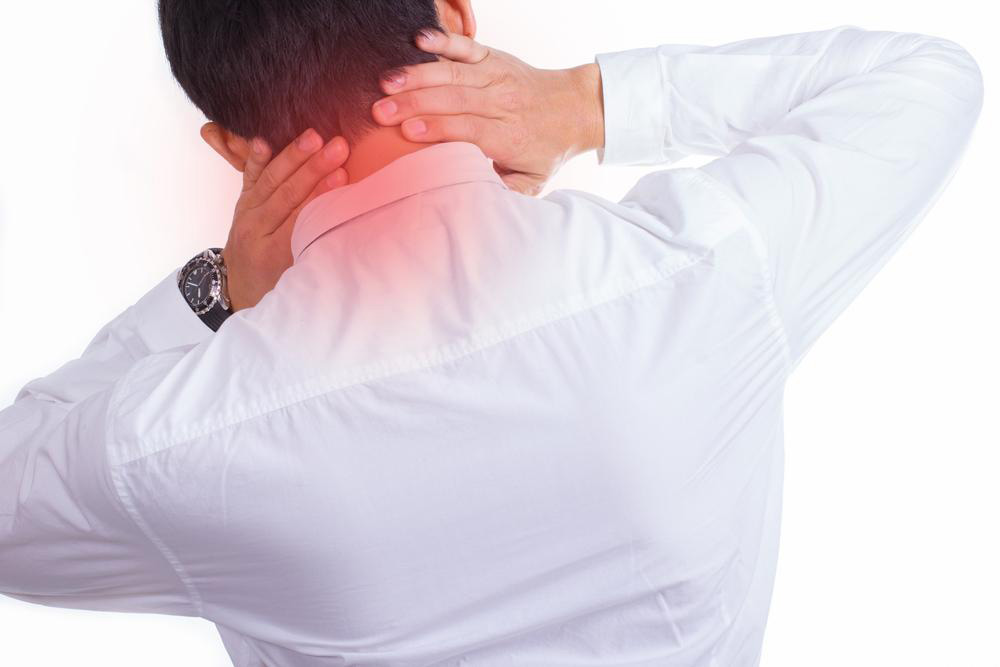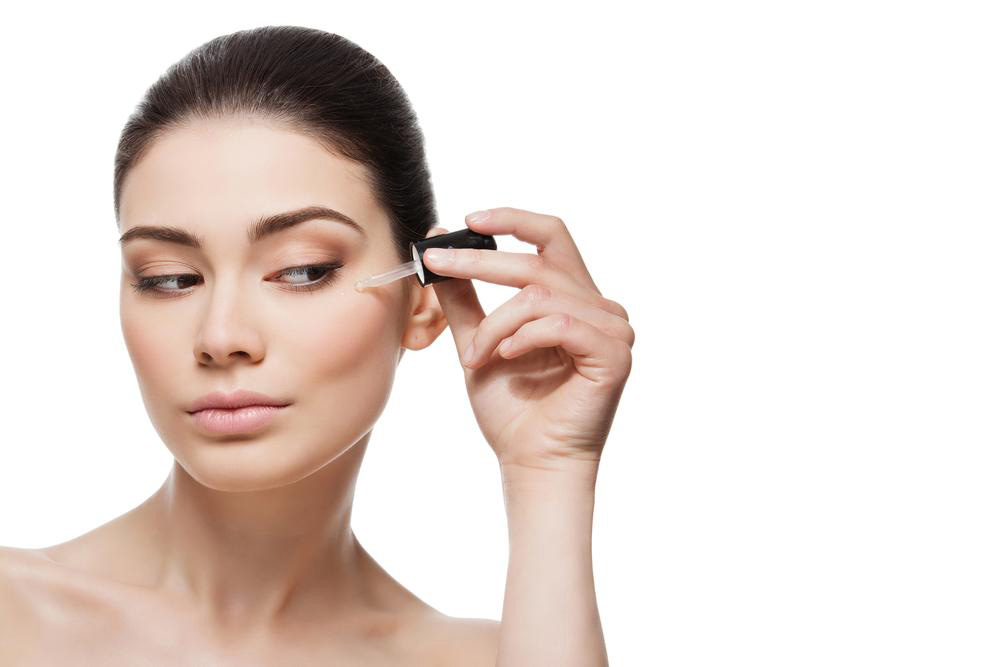Effective Ways to Eliminate Small and Large Skin Abscesses
Learn effective methods for treating both small and large skin abscesses. This guide covers home remedies, when to seek medical care, and the importance of professional treatment for larger abscesses and carbuncles. Proper care speeds recovery and reduces complications.

Effective Methods to Remove Small and Large Skin Abscesses
Skin abscesses, whether small or large, can cause discomfort and require different approaches for treatment. Small boils typically resolve quickly with simple remedies or topical treatments, while larger abscesses tend to have more pus and may persist longer, sometimes lasting up to a month. Proper care is essential for healing and preventing complications.
Here's how to treat both small and large abscesses:
For small abscesses:
Applying a warm compress helps drain pus and accelerates healing.
Soaking a cotton cloth in warm water and placing it on the affected area can be effective.
Some suggest using warm milk mixed with salt and bread crumbs to create a paste, which can be applied 2-3 times daily.
Applying cooling toothpaste may help reduce heat and inflammation, promoting faster recovery.
Treatment for large abscesses:
Large abscesses, especially when multiple or forming carbuncles, require medical attention. Do not attempt to burst or squeeze them at home.
Large abscesses often become soft and typically don’t burst naturally. A healthcare professional may prescribe proper treatment.
Antibiotics are effective when an infection causes the abscess, helping eliminate bacteria and reduce swelling.
If the abscess is located outside the face area, surgical drainage might be recommended, offering quick relief but potential scarring.
Sometimes, doctors combine surgery with antibiotics to drain the pus effectively, minimizing infection risk and scarring.
Note:
The information shared on this blog is for educational purposes and should not replace professional medical advice. Always consult a healthcare provider for proper diagnosis and treatment plans. The site does not guarantee the accuracy of third-party data or information on other platforms. Certain schemes or offers may not be covered here but could benefit your treatment options.










